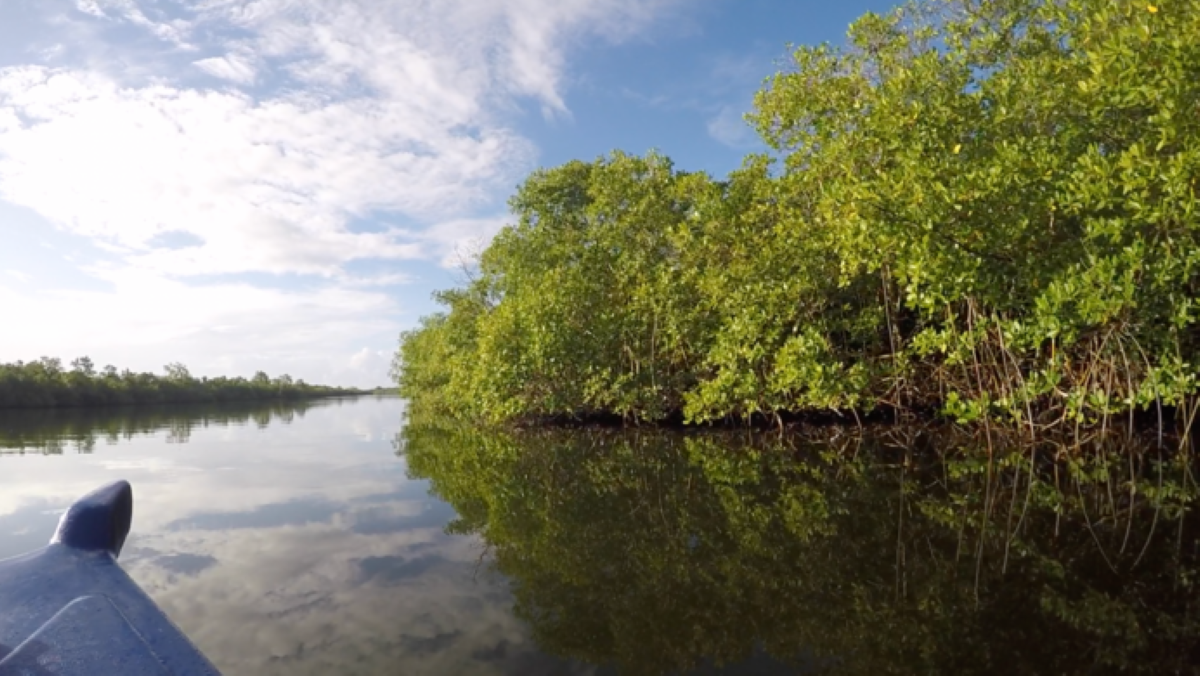If there’s one thing we thought we knew about bacteria, it’s that we can’t see it but we know it’s everywhere. But apparently only the second part of that is true and not all bacteria is microscopic. The newest discovered species is noteworthy due to its large size. It’s even visible to the naked eye at about one centimeter long. That’s roughly the size of an eyelash and about 5,000 times larger than average bacteria. The scientist who made the discovery compared it to finding a human the height of Mount Everest.

The peer-reviewed journal Science published the remarkable news, which we saw on Gizmodo. The scientific name for the new species is Thiomargarita magnifica, combining sulfur, pearl, and magnificent. Specimens were first found back in 2009 but it took years to research and identify the organisms. They are native to mangrove swamps in the Guadeloupe islands in the Caribbean.
Further research determined it was in fact single-celled bacteria. But the scientists also found that its genome contains more DNA base pairs than most bacteria. Before this discovery, the largest known bacteria was about 750 micrometers, or less than one-tenth the size of T. magnifica.
Bacteria are single-celled organisms that can survive essentially anywhere, from the deepest oceans to the International Space Station. There’s an estimated one trillion species on Earth, though only about 30,000 have been named. Many species can survive without food for years, entering a dormant state. Some can survive without oxygen, while others feed on electricity. Some species can even withstand high levels of radiation. They flourish in the right environments, including plastic-eating microbe populations increasing right along with all the plastic pollution in the ocean.

This is a good reminder that we have plenty left to discover about life on Earth. An estimated 99.999% of bacteria species are still unknown to science.
Melissa is Nerdist’s science & technology staff writer. She also moderates “science of” panels at conventions and co-hosts Star Warsologies, a podcast about science and Star Wars. Follow her on Twitter @melissatruth.

